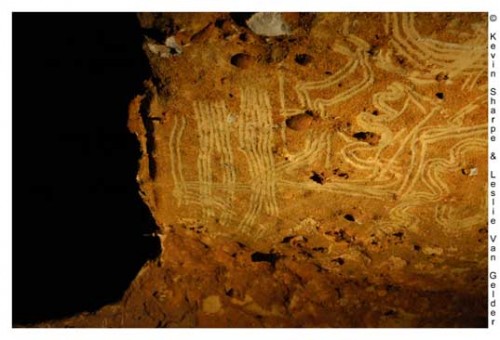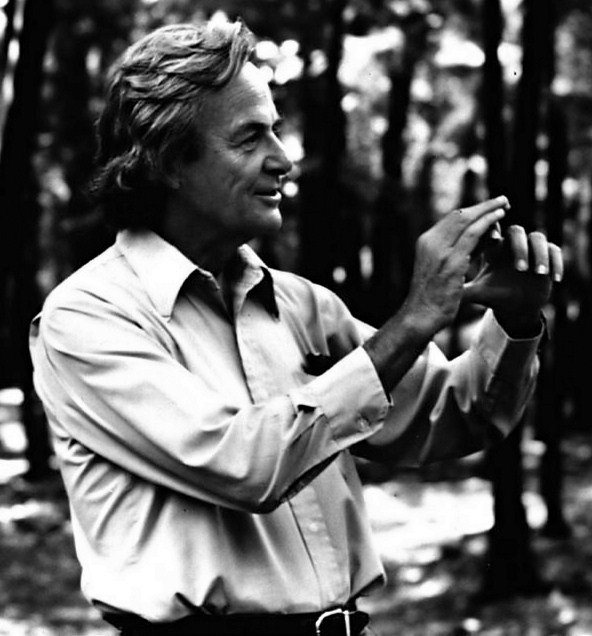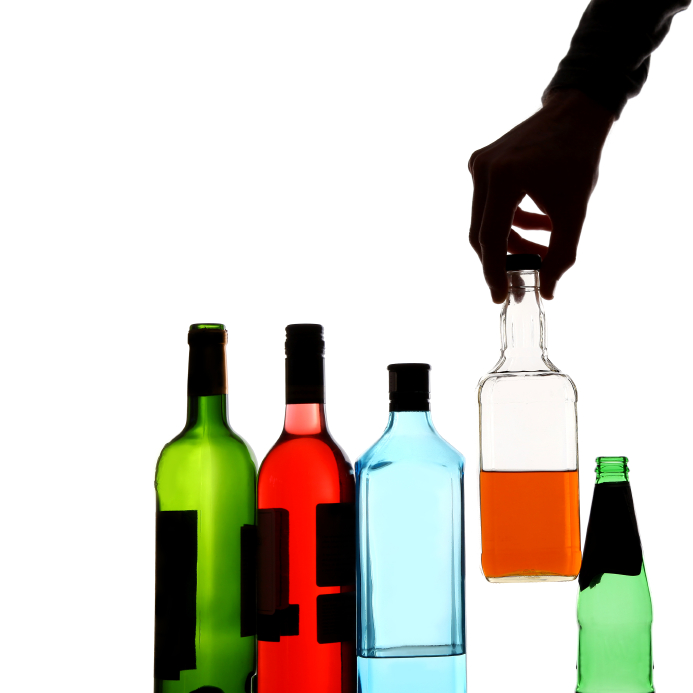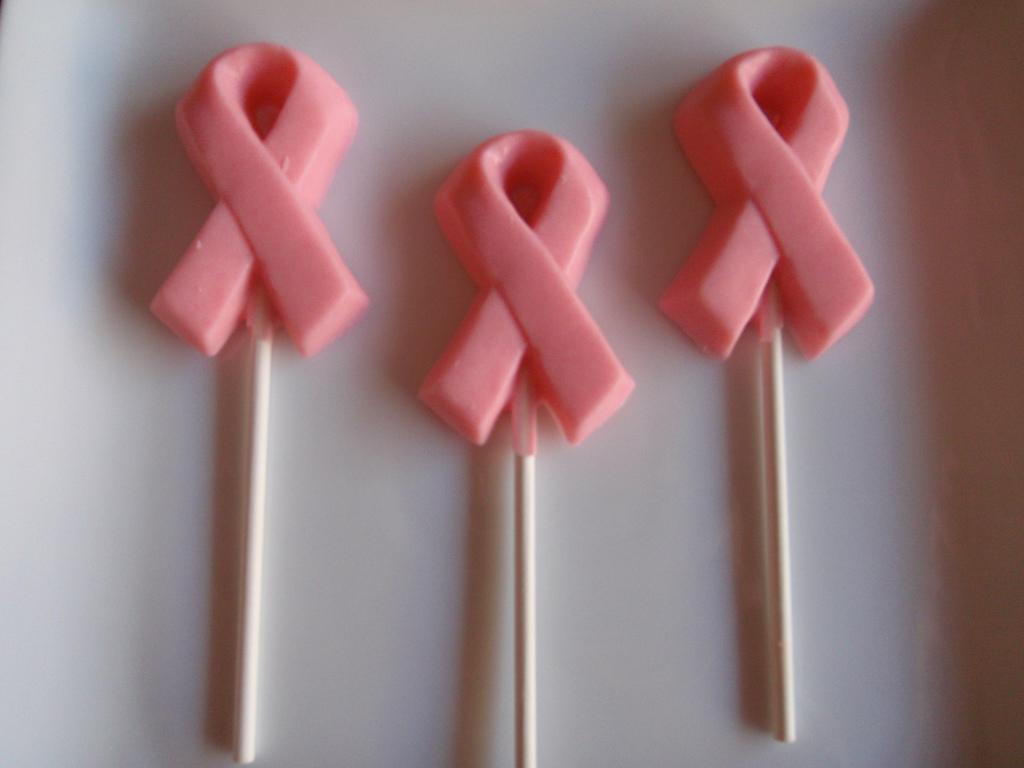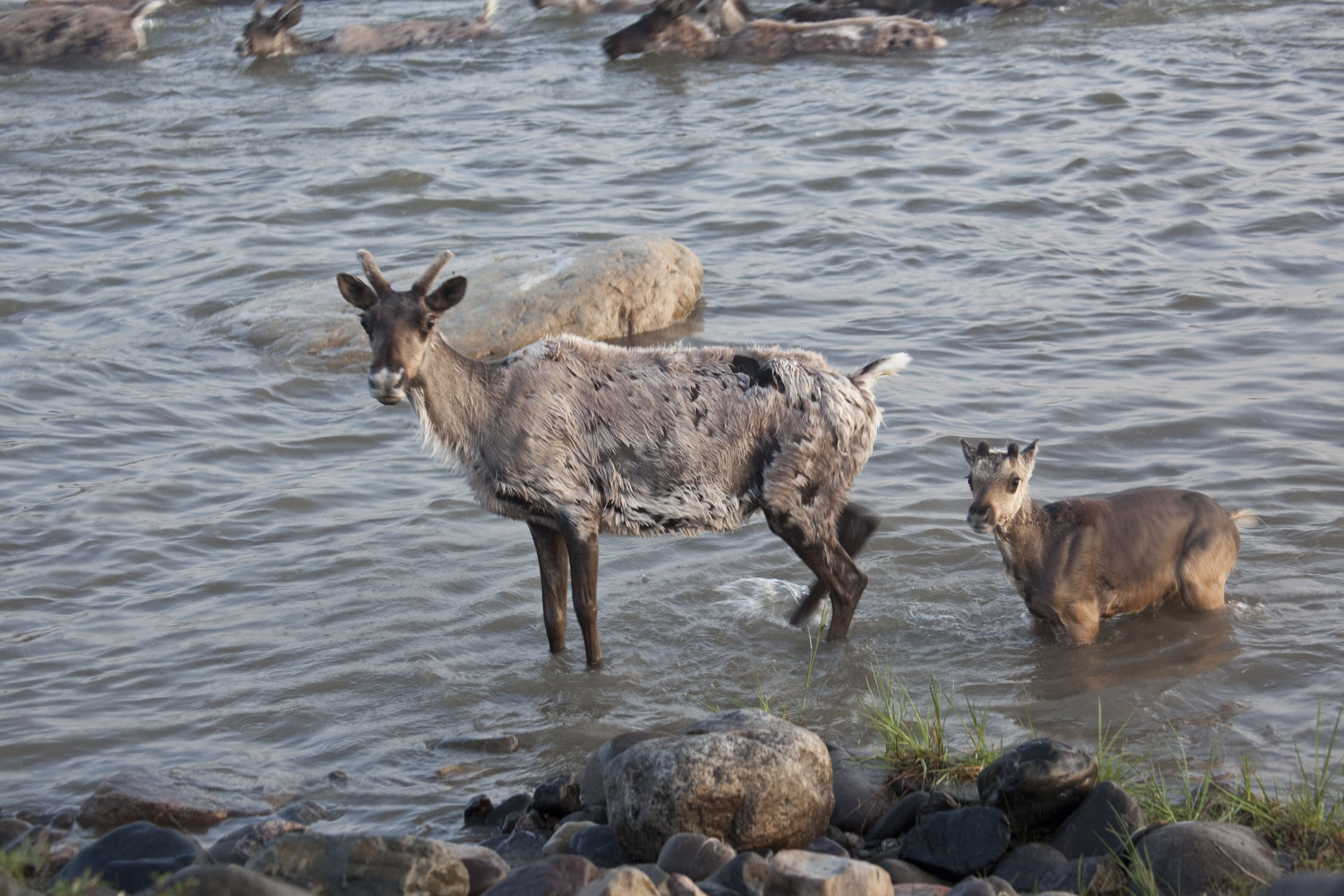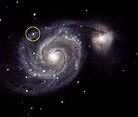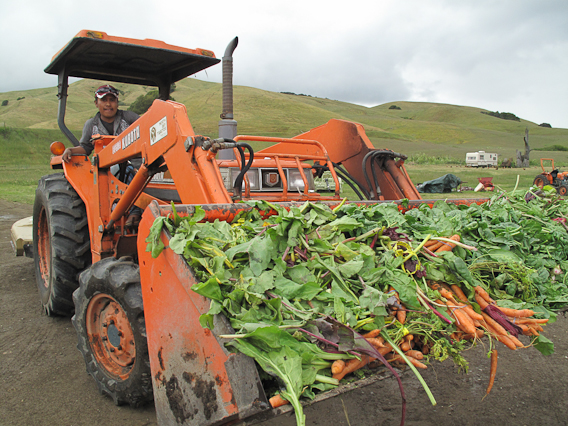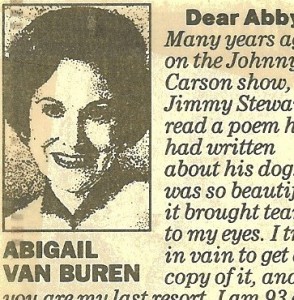There is something rare and elusive on the ceiling of Rouffignac Cave in southern France, something that at first looked like etchings of undulating snakes or bending waterways or even strangely shimmying humans, but that now turn out to be something far more ephemeral and wondrous to my eyes—works of art by very young apprentices: giggling, squirming, skittering Ice-Age children.
Rouffignac’s dark fingering passageways extend more than five miles into the limestone bedrock of the Dordogne region. Thirteen thousand years ago, Paleolithic humans held torches aloft as they penetrated deep into the cave, exploring its dark twisting passages and chambers. In the flickering light, these ancient cavers saw the raking claw marks of cave bears on the walls and stepped over scatterings of animal bones and gleaming flint nodules on the floor. Continue reading
